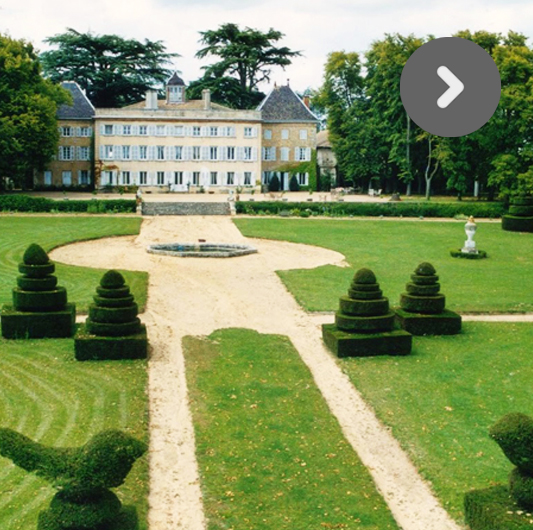





History and Land
Just a leisurely drive from San Francisco, California’s Northern Coast is characterised by spectacular views along rugged shoreline, ancient redwood forests and native oak groves. Rolling hills, terraced mountainsides and straw coloured valleys are carpeted with grapevines. Today the wines of the North Coast are recognized worldwide for their quality and diversity, and the region is also renowned for a rich bounty produced by farms and ranches.
Wine making has been active in the region since the mid 19th century, when early settlers recognized the potential for cultivating wine grapes. The arrival of Prohibition in 1920 meant that many vineyards were abandoned, and winemakers found other trades during the ensuing 14 years. With the repeal of Prohibition in 1933, the wine industry underwent a renaissance. There was a period of recovery, then great expansion, and then in more recent years – refinement.
World War II prevented the importing of French wines, which encouraged wineries to rebuild and revive.

The Napa Valley is flanked by two mountain ranges, the Vaca Mountains to the east and the Mayacamas to the west. The valley contains more than 30 different soil types within its distinct microclimates and terrains. The northern end of the appellation, watched over by Mt St Helena, is the warmest. The Napa Valley AVA is home to more than 400 wineries and around 45,000 acres of vineyard. Cabernet Sauvignon rules, whilst Chardonnay is the most widely planted white wine variety.
Sonoma County lies adjacent, bordered by the Napa Valley along the Mayacamas range to the east, and the Pacific Ocean to the west. The region has ideal grape growing weather, with a moderate climate and cooling maritime influence. There is a diverse range of topography, soils and microclimates, including numerous small valleys. Home to some 300 wineries, the appellation has around 58,000 acres planted to wine grapes. Chardonnay is the most widely planted grape variety and Cabernet Sauvignon is next.
Who is Who
Francis Ford Coppola, famed director of The Godfather and Godfather II, owns a winery in Sonoma county which guests can visit. 300 Via Archimedes, Geyserville. www.francisfordcoppolawinery.com
Napa and Sonoma have been the backdrop to several well known movies. In the Napa Valley, portions of the Bond movie Moonraker were filmed, as were parts of Apocalypse Now.
In Sonoma, Alfred Hitchcock’s “The Birds” was filmed in Bodega and Bodega Bay.
2008 movie Bottle Shock, starring Alan Rickman, is based on the 1976 Judgement of Paris wine competition, and tells the story of Napa Valley winery Chateau Montelena, which won the white wine section with their Chardonnay.
Iron Horse Vineyards, in Sebastopol, Sonoma County, produce renowned sparkling wines. In fact they have been served at the White House for the past five consecutive presidential administrations, and the Joy! and Russian River Cuvee 2005 were both served to the Obamas, Queen Elizabeth II and Prince Philip at a 2011 dinner at the US Embassy in London.










